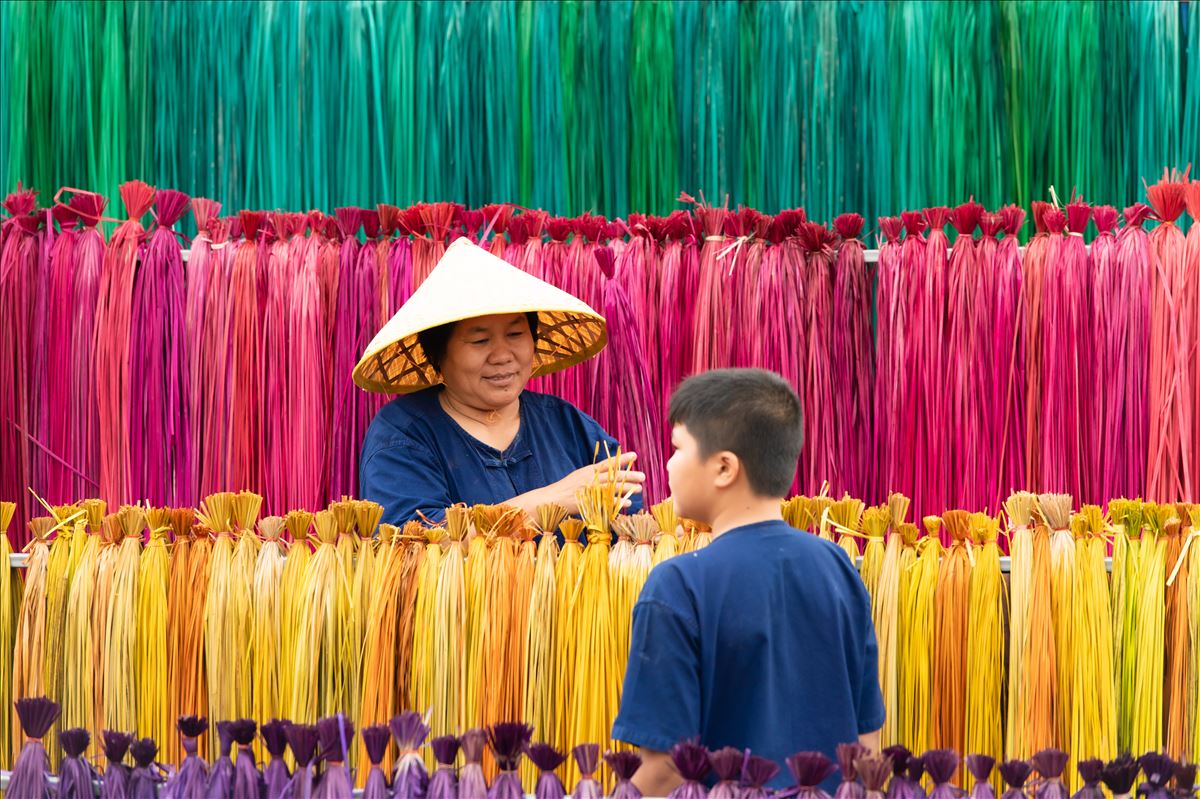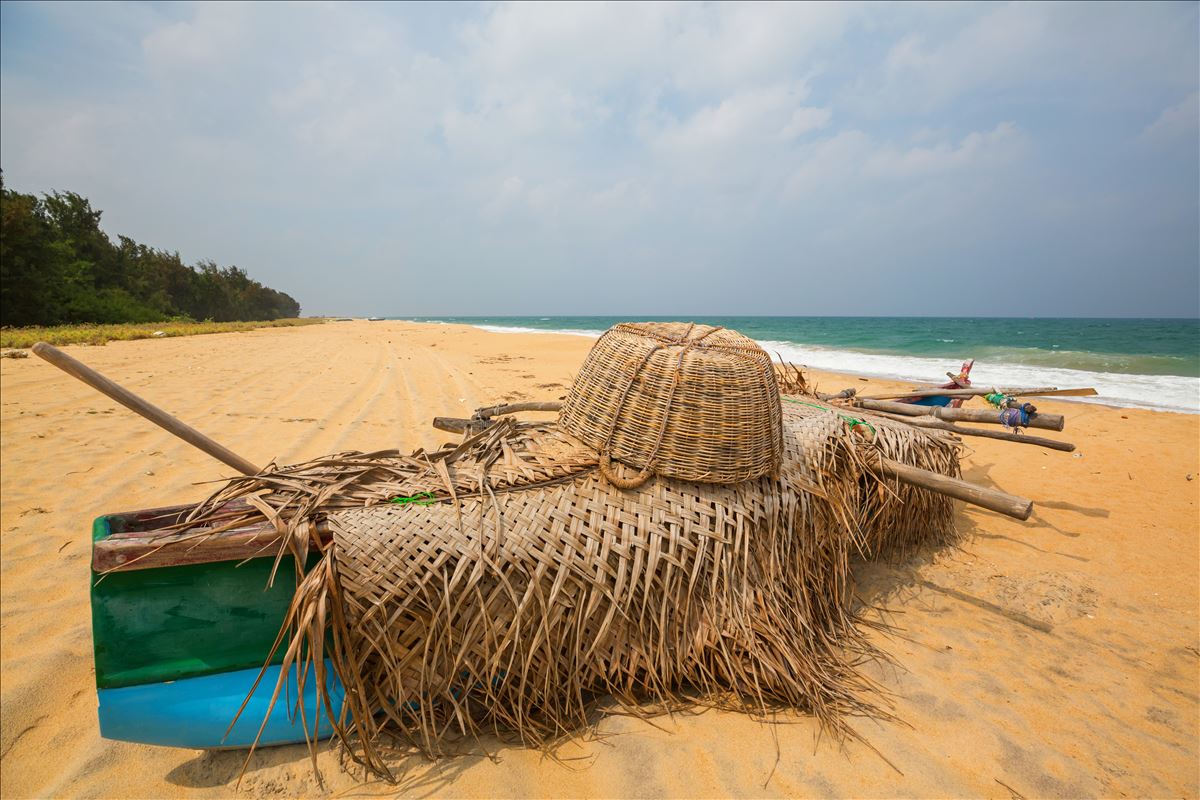Situated in the heart of Southeast Asia, Vietnam stands as a land brimming with wonders waiting to be explored. From its lush landscapes to its bustling cities, every corner of Vietnam tells a story of beauty, resilience, and tradition. As more adventurers seek out its unique blend of experiences, Vietnam continues to charm with its blend of natural beauty, historic complexity, and vibrant culture. Let’s embark on a journey through this captivating country, uncovering almost everything about traveling in Vietnam in order to make your journey unforgettable.
Understanding Vietnam
Geography and Climate: Vietnam stretches over a thousand miles from north to south, with climates varying from the misty peaks of Sapa to the sun-drenched beaches of Phu Quoc. The north experiences cool, damp winters and hot summers, while the south enjoys a tropical climate year-round. The best travel times vary: visit the north from October to April for clear skies, and the south from November to February for the best beach weather.
Culture and Traditions: Vietnam’s soul lies in its rituals, festivals, and daily practices that have been passed down through generations. The Lunar New Year, or Tet, transforms the country into a festive spectacle of red and gold. The Mid-Autumn Festival brings mooncakes and lantern parades into the night. Every meal is a celebration of flavors, with family and community at its heart. The diversity of its people, from the ethnic groups of the highlands to the city dwellers, paints a picture of a country rich in tradition and modernity.
Historical Context: Vietnam’s history is a tapestry woven with threads of struggle, resilience, and rebirth. From its ancient dynasties to colonial invasions and the defining moments of the Vietnam War, each period has left its mark on the nation’s psyche. These experiences have shaped a people known for their warmth, strength, and indomitable spirit.
Preparing for Your Trip
Visa Requirements: Most travelers will need a visa to enter Vietnam, which can be arranged via an e-visa application for short stays or through the embassy for longer visits. It’s vital to check your country’s specific requirements well in advance.
Budget Planning: Whether you’re backpacking or seeking luxury, Vietnam caters to all. Street food can cost as little as a dollar for a filling meal, while fine dining offers exquisite tastes at a fraction of Western prices. Accommodation options range widely, with hostels, homestays, and luxury resorts dotted throughout the country.
Packing Essentials: Prepare for your journey by packing light but smart. Essential items include comfortable walking shoes for city explorations, warmer layers for cooler regions, and lightweight clothing for the humid climate. Don’t forget a good-quality raincoat, especially if you’re traveling during the monsoon season.

Top Destinations to Explore
Hanoi: The capital, with its centuries-old architecture, reflects the confluences of Southeast Asian, Chinese, and French influences. The chaotic charm of the Old Quarter, the serene beauty of Hoan Kiem Lake, and the culinary delights found in street-side stalls invite endless exploration.
Ha Long Bay: Known for its emerald waters and towering limestone islands, Ha Long Bay is a vision straight out of a fairy tale. Cruising through its waters, kayaking into hidden caves, and watching the sunset over this majestic landscape is a must for any traveler.
Hoi An: This ancient town is a living museum, with well-preserved buildings and streets that light up with lanterns at night. The mix of heritage and culture, along with tailor shops and diverse cuisine, makes Hoi An a unique stop in the journey through Vietnam.
Ho Chi Minh City: The vibrant metropolis, formerly known as Saigon, thrives with energy. Its history is displayed in landmarks like the Notre-Dame Cathedral and the War Remnants Museum, while its markets and street food showcase the city’s dynamic present.
Sapa: For those drawn to the allure of the mountains, Sapa offers breathtaking treks through rice terraces, with homestays in tribal villages providing a glimpse into the lives of Vietnam’s ethnic minorities.
Other Noteworthy Locations: Beyond the well-trodden path, places like Phong Nha-Ke Bang National Park, with its ancient caves, Da Lat with its French colonial villas, and Ninh Binh’s scenic landscapes invite deeper exploration into Vietnam’s diverse beauty.
As we peel back the layers of Vietnam’s rich tapestry, we find a country vibrant with color, life, and the enduring spirit of its people. From its bustling cities to serene countryside, Vietnam offers a journey of discovery for every traveler. Join me as we continue to explore the flavors, sights, and sounds of this incredible country in the next sections of our comprehensive travel guide.

Eco-Friendly Travel
As we tread lightly on the earth, the importance of traveling in a way that respects local communities and preserves the natural beauty of our destinations has never been more crucial. Vietnam, with its verdant landscapes and rich cultural heritage, offers ample opportunity to engage in travel that not only enriches the traveler but also benefits the places and people visited.
Supporting Local Communities: One of the most impactful ways to travel responsibly in Vietnam is by choosing services and experiences that directly benefit local communities. Opt for homestays, local guides, and community-run tours to ensure your contributions help sustain the local economy. Markets and artisan shops are treasure troves for authentic souvenirs, where your purchases support traditional crafts and family businesses.
Environmental Awareness: Vietnam’s natural wonders, from the limestone karsts of Ha Long Bay to the biodiverse forests of the Central Highlands, are precious ecosystems that require our protection. Travelers can contribute by minimizing plastic usage, respecting wildlife habitats, and choosing eco-friendly tours that emphasize conservation. Participating in beach clean-ups or supporting conservation projects are tangible ways to leave a positive impact.
Engaging in sustainable and responsible travel practices in Vietnam is not just about minimizing negative impacts; it’s about creating positive ripples that contribute to the preservation and enrichment of this beautiful country for future generations.
The Best of It
Vietnam is a country that captivates the heart with its dramatic landscapes, rich history, and vibrant culture. From the hustle and bustle of its cities to the tranquility of its countryside, Vietnam offers a journey of discovery and connection. As travelers, we are afforded a glimpse into the soul of this resilient nation, an opportunity to learn from its past and revel in its present.
The essence of Vietnam is found in the warmth of its people, the depth of its traditions, and the sheer beauty of its natural surroundings. Whether you’re navigating the narrow lanes of Hanoi’s Old Quarter, cruising the emerald waters of Ha Long Bay, or trekking the terraced hillsides of Sapa, you’re embarking on an adventure that transcends the mere act of travel.
As we draw this guide to a close, remember that traveling through Vietnam is an invitation to embrace the unknown, to immerse yourself in the fabric of local life, and to contribute positively to the communities you visit. Vietnam’s charm lies not just in its sights but in the stories, flavors, and connections you’ll find along the way.
May your journey through Vietnam be filled with wonder, discovery, and a deep respect for the land and its people. Here’s to the adventures that await in the heart of Southeast Asia, where every traveler can find something to love, learn, and remember forever.
